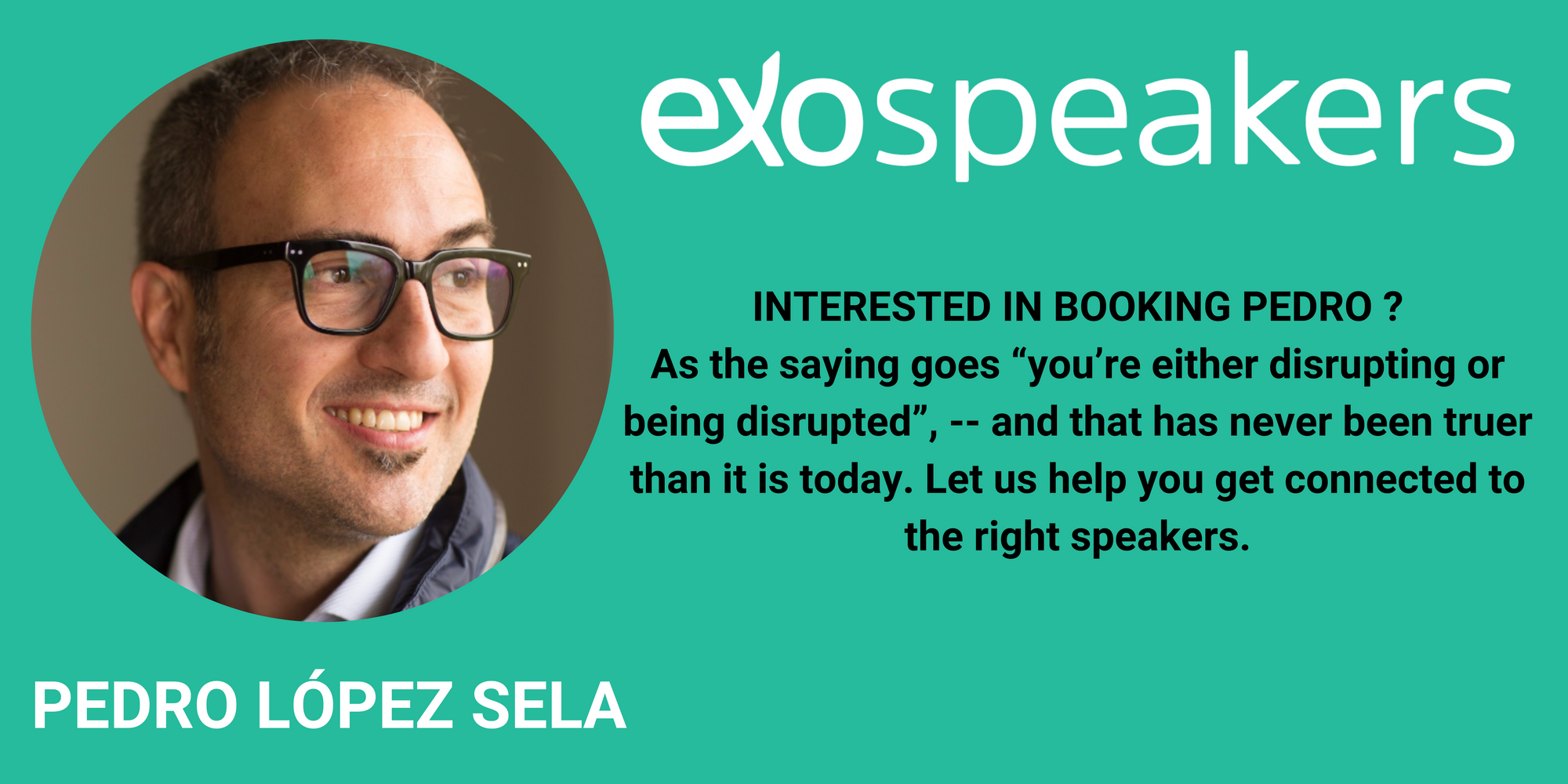
Climate Change: The Greatest Threat and the Biggest Opportunity
There's an urgent need to combat climate change. Technology can help to mitigate its impact thru carbon capture technology and renewable energy solutions. To build a sustainable world, we need to support the adoption of technological solutions with appropriate investment and regulatory incentives.
It is inevitable to recognize that human activities cause climate change and threatens the way we live and the future of our planet. Without looking too far back, in 2020, global concentrations of greenhouse gases reached new highs contributing to the global temperature increase.
In 2021, the global average temperature was approximately 1.1 °C above the pre-industrial level and, in parallel, the phase-out of Covid confinement increased CO2 emissions by 6%; in the face of this, the future is challenging: By 2030, an estimated 700 million people will be at risk of displacement from drought alone, and about one-third of the world's land areas will suffer at least moderate droughts by the year 2100.
Action to combat climate change and its devastating impacts is urgently needed to save lives and livelihoods and make the UN 2030 Agenda for Sustainable Development a reality. Left unchecked, climate change will undo much of the development of recent years and exacerbate food and water scarcity. This means increasing efforts to transform energy, industry, transportation, food, agriculture, and forestry systems.
The Role of Technology in Climate Change Mitigation
Technology has a key role in climate change mitigation. While current technology is an important enabler, technological development is needed to reduce global emissions, efficiently harness renewable energy, and cope with extreme weather events.
In recent years there have been innovative ideas to achieve this, such as carbon capture technology (with the drawback of difficulty in storing the captured carbon and possible CO2 leakage), seeding the upper atmosphere with sulfate-based aerosols, space-based solar shields to reflect the sun's rays before they reach the atmosphere; and even painting roofs white to potentially reduce the urban heat island effect and help reflect light and heat back into space.
In the first half of 2020, solar and wind power met 10% of global electricity demand, setting a record, even if it is still far from what would be desirable, considering that coal still generates a third of the world's energy. Clean Energy still faces technical barriers that limit its expansion. Still, some innovations could already increase renewables' sustainability in the future.
Renewable Energy and Sustainable Solutions
The best solutions involve improving existing energy technologies and infrastructure to meet energy demands, capitalizing on smart appliances and devices, smart electricity meters, energy recovery from municipal waste, floating solar plants and farms (which also save water by reducing evaporation), vertical axis wind turbines, molten metal solar and wind energy storage, reversible hydroelectric dams, and agro voltaic solutions.
But there are other options offered by the technology. Many researchers are already working on systems to store solar heat and return it at night in the form of electricity, taking advantage of the physical principle of radiative cooling, considered the energy of the future; a new system designed in the United States uses sunlight to transform CO2 and water into oxygen and formic acid, which can be converted into hydrogen fuel, a clean energy source.
A German startup seeks to generate energy by combining in a single system the energy generated by sea waves, the sun, and the wind, a concept already being tested off the coast of Greece through a modular floating platform that can be expanded as needed. Other North American entrepreneurs are looking to generate energy by manipulating the biological processes of bacteria such as Geobacter sulfurreducens to make electrically conductive protein nanowires, taking advantage of the fact that when the bacteria are exposed to moisture in the air, a small constant electric current is produced.
But great ideas do not only come from developed countries. Thanks to a partnership funded by the UN Global Environment Facility (GEF) Small Grants Program (SGP), three Mayan solar engineers are installing solar energy systems and contributing to sustainable development in small indigenous communities in southern Belize. Meanwhile, Venezuela's Amazonas Originaria climate change project is training indigenous families in the sustainable use and care of tropical forests near Puerto Ayacucho and learning how to transform native fruits into other products.
Building a Sustainable World for All
By addressing climate change, we can build a sustainable world for all. But we need to act now. The first half of the 21st century is the time we have to move most of the world's economy away from fossil fuels, and fortunately, the technological solutions for climate change mitigation are already here, and new ways to reduce our impact on the climate are emerging every day.
It is up to us to support their adoption with appropriate investment and regulatory incentives.
#climatechange #technology #renewableenergy #carboncapture #sustainability #innovation #investment #regulatoryincentives #globalemissions #smartappliances #energyinfrastructure #cleanenergy #solarenergy #windpower #biodiversity #sustainabledevelopment

ExO Insight Newsletter
Join the newsletter to receive the latest updates in your inbox.









